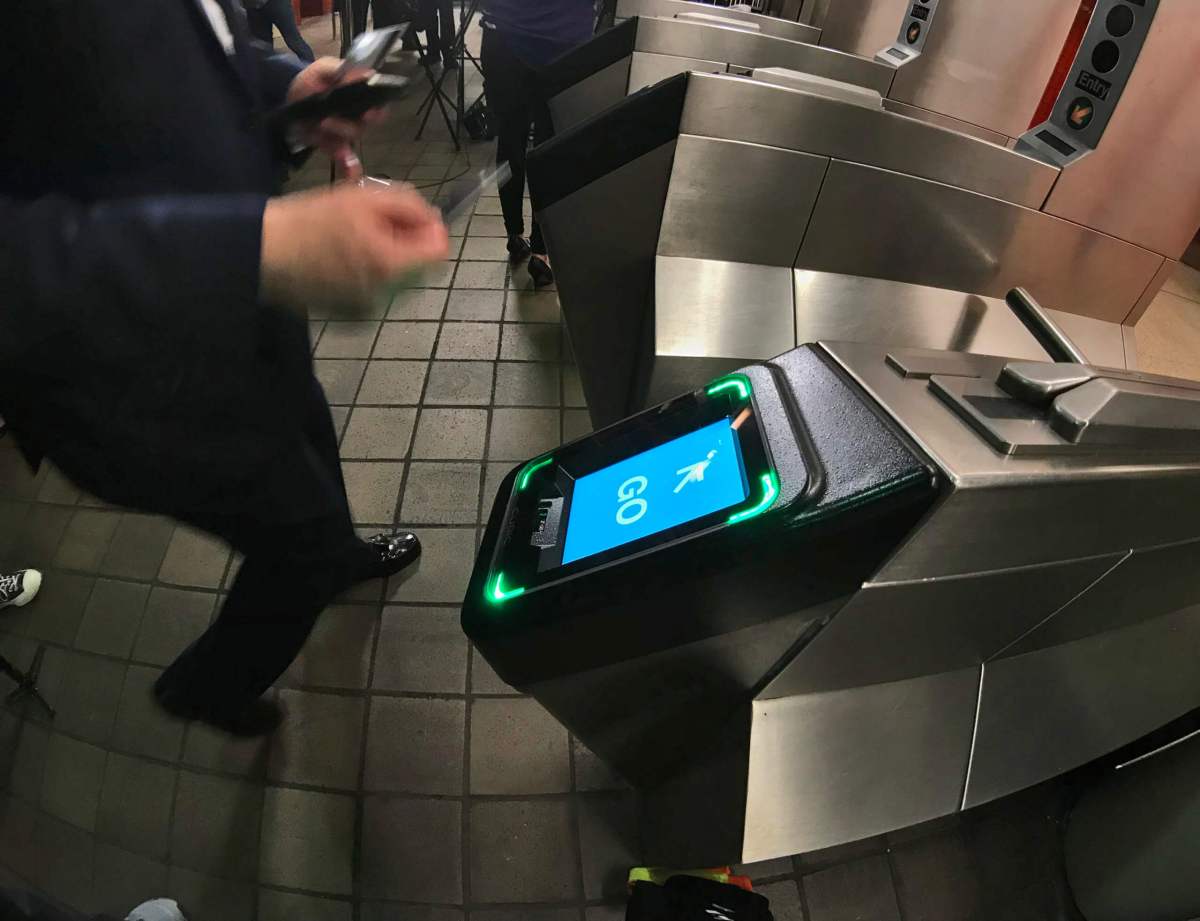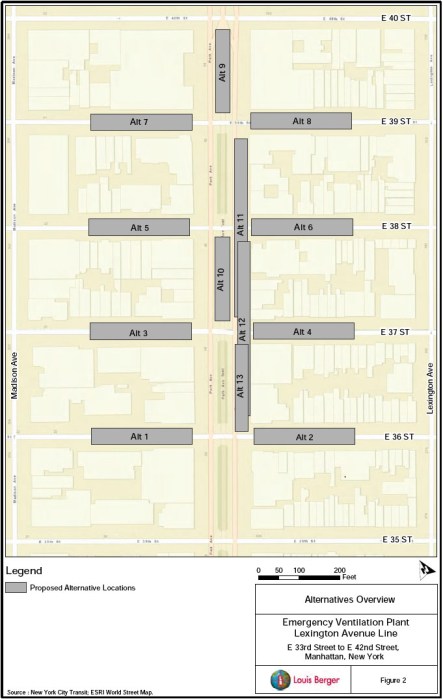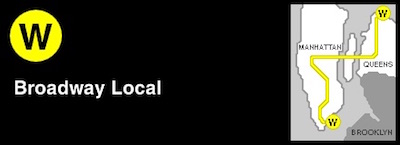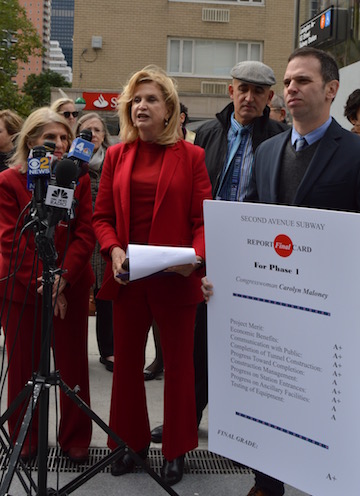MTA Chair and CEO Janno Lieber announced a new initiative Tuesday morning to combat fare evasion in a speech that framed the issue as a moral failing of the city.
The head of the transit authority raised grave fiscal woes caused by fare beaters and outlined several pillars of a new program aimed at combating the problem at a breakfast hosted by the Association for a Better New York (ABNY).
“Fare-beating costs the MTA hundreds of millions of dollars per year,” said Lieber at the breakfast, before introducing a new panel of distinguished New Yorkers to “take a deep dive” on how to address the issue of fare evasion.
Lieber reported the MTA is on track to lose over $500 million this year and calculated that one in three bus riders, and 12% of subway commuters, evade the fare.
In his remarks, the transit CEO framed fare evasion on ethical terms as “a threat to the spirit that makes New York not just a great City, but a great community.”
“I think the transit system actually is a sacred space,” he added.
Lieber linked the problem of fare evasion to looming public concern over subway crime, which has stayed in the spotlight in recent months after a string of particularly brutal violent crimes and the mass shooting in a Sunset Park station.
NYPD figures show that total transit complaints increased from 3,411 in 2020 to 3,918 in 2021, but comparing the current level of crime to pre-pandemic era is difficult given the proportional downward shift in ridership since 2019. Lieber’s emphasis on fare evasion comes months after the NYPD sent over 1,000 extra officers into the subway system as part of Mayor Adams transit safety initiative.
In recent years, the agency’s process of estimating the total number of fare beaters has been a subject of contention. The MTA’s Office of Inspector General put out reports in 2019 and 2020 that concluded the MTA’s past practices for tracking fare evasion were unreliable. A spokesperson however clarified that the agency has been using a method of tracking fare evaders on the subway as recommended by the OIG that takes into account the assumption that the proportion of evaders is clustered rather than uniform. On buses the agency uses electronic passenger counters, which are equipped on 60 percent of its fleet, to compare with paid fares.
The proposed plan will involve an increase in law enforcement, an education campaign and an equity component centered on revamping the city’s Fair Fares program, which offers transit discounts to low-income residents.
The press materials for the new program raised the racial disparity in fare evasion arrests as being within the panel’s purview, suggesting it would consider the use of civil penalties, the reliance on civilian MTA staff crack down on the practice and limit criminal law enforcement to serious cases linked to the recidivism of violent crime.
The attorney general reported that between October 2017 and June 2019, Black and Hispanic residents received almost 70% of all civil summonses for fare evasion and made up nearly 90% of arrests for fare evasion even though they account for just over half the city’s population.
The panelists include a mix of transit and legal experts, the executive director of the Asian American federation, a poverty policy researcher, New York City Schools Chancellor David Banks and ABNY’s executive.
Updated at 9:56 a.m. on April 27, 2022. Editor’s note: After the initial publication of this article, the MTA clarified its current fare evasion estimate methodology.


































